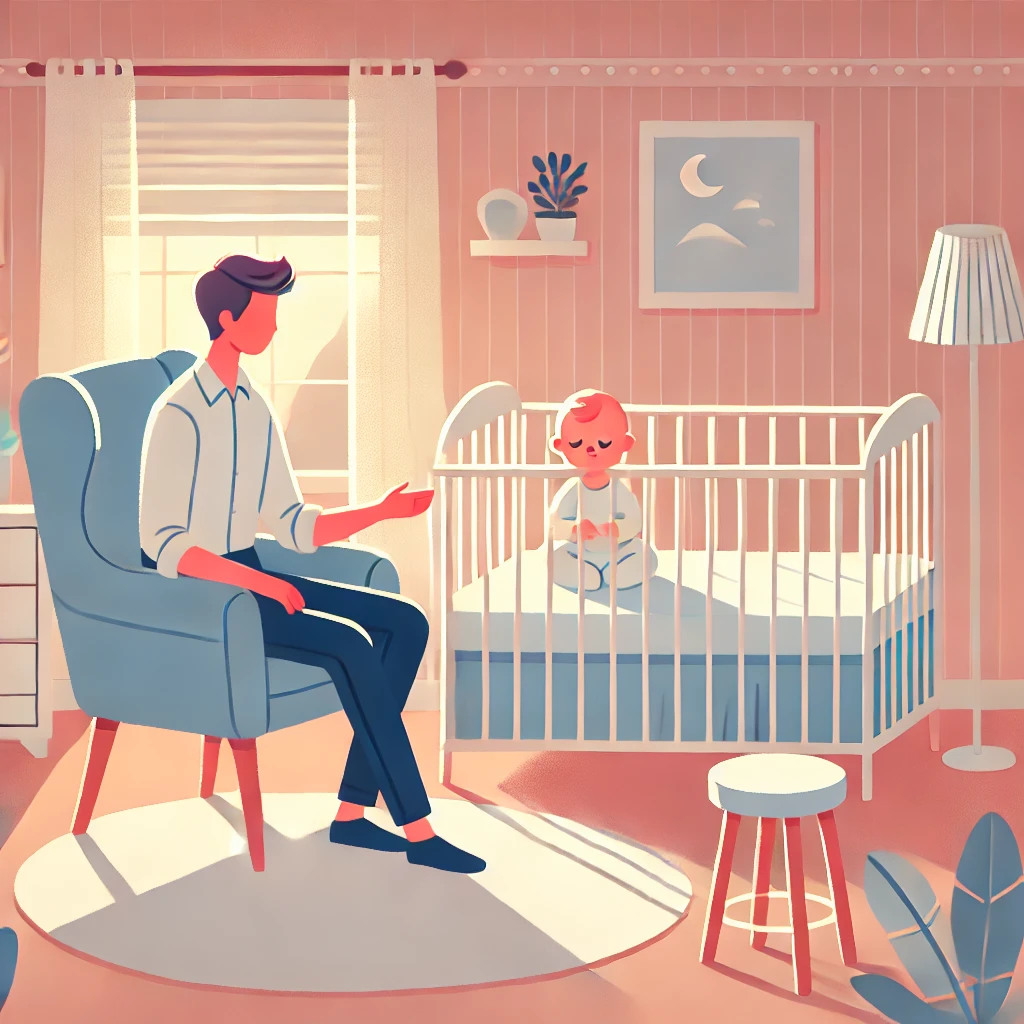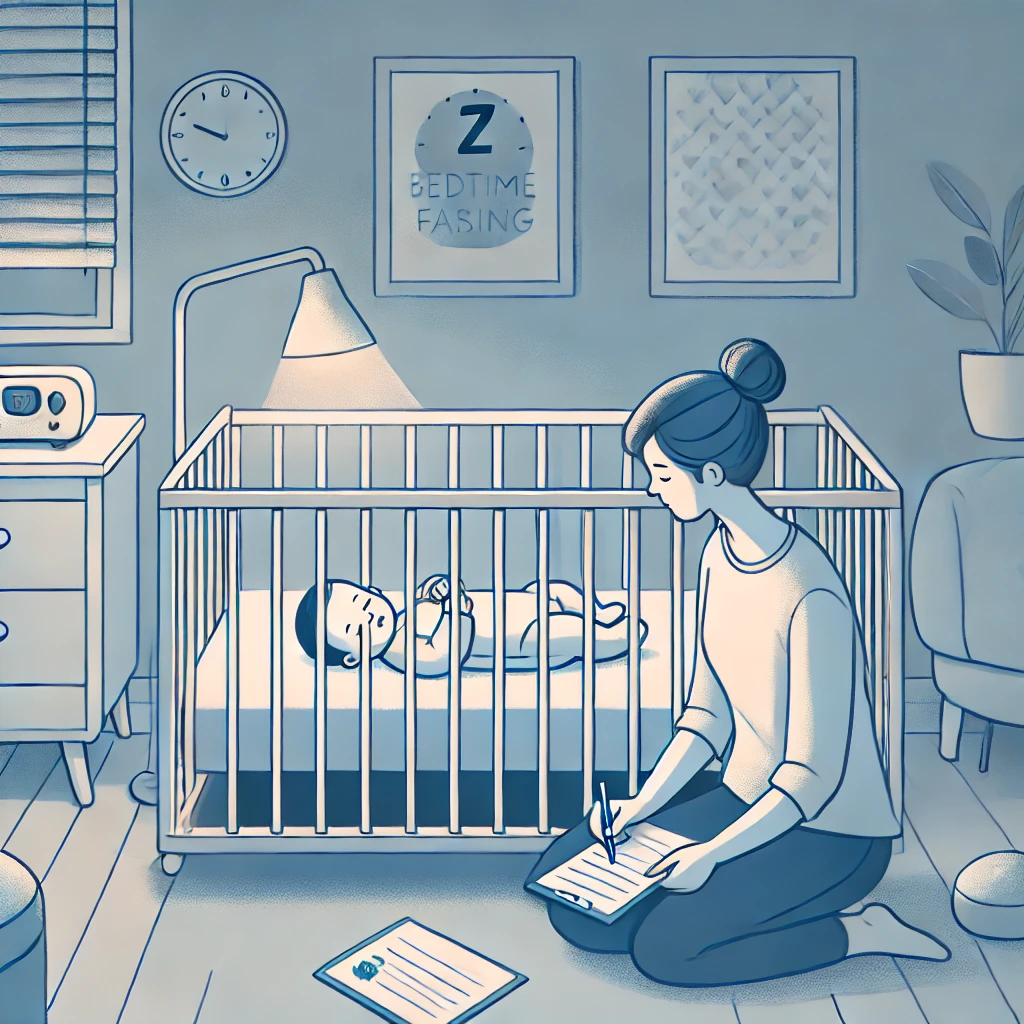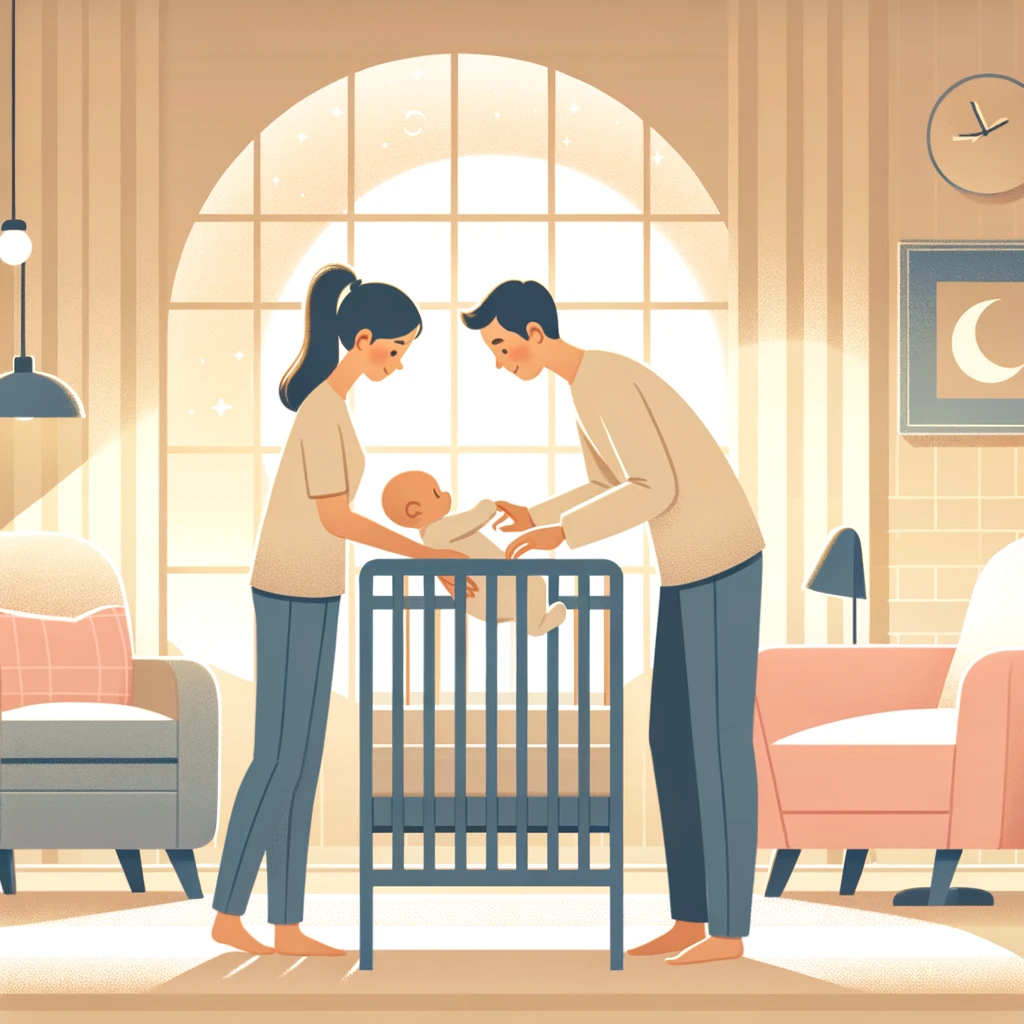Introduction
Sleep is vital for everyone’s growth and development, especially for children, and incorporating natural baby sleep training can significantly enhance their well-being. As per University of Michigan’s article on the Benefits of Sleep by Erica Jansen, while we are sleeping our body is working to support healthy brain function and also simultaneously maintaining our physical health.
Getting inadequate sleep for a longer period can make you prone to long term chronic health problems. Sleep is also important for creating long term memories and not getting enough sleep may often lead to the person not being able to clearly perform or focus on tasks. In this article we are discussing about sleep in babies and guiding new parents on how they can sleep train their newborns.
The Importance of Baby Sleep Training
Pediatrician Nilong Vyas in her article on Sleep Training says that babies tend to sleep a lot and that they need approximately 9 to 12 hours of sleep per day, in addition to regular naps. But the only problem when it comes to babies’ sleep is that they wake up in the middle of the night and may not be able to go back to sleep again which leads to intense bawling throughout the night which as a result compromises the parents sleep.
Statistically it takes about 3 to 6 months for babies to develop their internal body clock, or circadian rhythm. Once babies achieve this rhythm, they tend to sleep more at night and stay awake during the day, making it easier for parents. Thus, sleep training babies is extremely important.

As per the article Babies and their Sleep Environment by Thomas F. Anders and Teresa R. Taylor, sleep is a major issue among the adults today and most of them have to consume sleeping pills to get a good sleep. Sleeping pills can have many side effects like it can make the individual feel very unfocused, drowsy and sometimes cause allergic reactions.
What is sleep training?
Sleep training is a process where parents teach their babies to sleep longer at night and self-soothe to fall back asleep if they wake up. The main goal is to train babies to go back to sleep without the assistance of their parents and there are many techniques that parents can adopt to do this.
Popular Methods of Baby Sleep Training
1. CRY IT OUT (CIO) METHOD FOR BABY SLEEP TRAINING

This method, also known as the extinction method, involves putting your baby to bed and letting them cry until they fall asleep.
2. FERBER METHOD – A GRADUAL APPROACH TO BABY SLEEP TRAINING

If you think cry it out method doesn’t work or you do not want the baby to cry without any attention or care, those people can use Ferber method. In this method the baby is checked on by the parent in intervals until the baby falls asleep. This method is also known as ‘graduated extinction’.
3. CHAIR METHOD FOR GENTLE BABY SLEEP TRAINING

In this method any one of the parents sits next to the baby’s crib in a chair while the baby is trying to sleep. Do not try to pick up the baby or anything just sit next to him/her. Move the chair farther away each night until you’re near the door and then out of the room. Your baby should be able to fall asleep without your presence in the room at this stage. The aim is to create a feeling on the child he/she is being watched.
4. BEDTIME FADING METHOD: UNDERSTANDING YOUE BABY SLEEP PATTERN

This method is based on the idea that if your newborn is not ready to sleep then there is no reason to try. This method gives more emphasis on observing or paying attention to your newborns sleep patterns and cues and adjusting your baby’s schedule to find the sleep time that works best. Especially if you see that the baby is tired looking or yawning, these might be signs that the baby wants to sleep.
5. PICK UP, PICK DOWN METHOD FOR BABY SLEEP TRAINING

In this method, the baby is picked up and cared for when the newborn is crying. Once the baby is calm it is put back into its crib to sleep again.
Case Study: Baby Sleep Training
Providing a real-life example of sleep training, let’s look at the experience of Emma and her baby, Oliver.
Emma and Oliver’s Sleep Training Journey
Emma is a first-time mother who for a long time been struggling with sleep training her 5-month-old son, Oliver. Emma’s son would wake up multiple times, crying and needing to be soothed back to sleep. Exhausted, she and her husband decided to try some sleep training techniques.
Method Chosen: Ferber Method
Emma opted for the Ferber method, also known as ‘graduated extinction,’ because she felt more comfortable with checking on Oliver periodically rather than letting him cry it out completely. Here’s how Emma and her husband implemented the Ferber method:
Preparation: The very first thing Emma and her husband did was that they established a consistent bedtime routine, including a warm bath, a bedtime story, and a lullaby, ensuring Oliver felt calm and ready for sleep.
Initial Night: On the first night, they put Oliver in his crib while he was still awake and left the room. Oliver started to cry immediately, and Emma waited for three minutes before going back to check on him. She comforted him without picking him up and then left the room again.
Gradual Increase: Each night, they increased the interval before checking on Oliver. On the first night, it took three minutes, then five minutes, and eventually, ten minutes.
Consistent Response: Each time they checked on Oliver, they offered brief reassurance without picking him up. This consistency helped Oliver learn that he was safe, but it was time to sleep. The Ferber method turned out to be truly efficient and effective.
Results
The first few nights were challenging, with Oliver crying for longer periods. However, by the end of the first week, Oliver’s crying had significantly reduced. After two weeks, Oliver was able to self-soothe and fall asleep on his own, waking up only once during the night. By the end of the month, he was sleeping through the night consistently.
Emma’s Reflection
Emma shared her experience in a parenting forum, noting that while the first few nights were tough, the Ferber method ultimately worked for their family. She emphasized the importance of consistency and having a supportive partner to share the responsibility.
Conclusion
Emma and Oliver’s story illustrates that sleep training can be challenging but rewarding. By choosing a method that suited their comfort level and staying consistent, they successfully taught Oliver to sleep independently, improving the sleep quality for the entire family.
When Should Sleep Training for Babies Begin?
Experts and pediatrician say that it is better to start sleep training when the baby is between 4 to 6 months old. This is because the circadian rhythm matures during this time, making the sleeping pattern more predictable.
What happens when babies do not get enough sleep?
When babies do not get enough sleep it can lead to severe mood swings in them ranging from crankiness to overtiredness. Due to this they may also start crying which further stands as an obstacle for their sleep. There are certain tips that parents especially mothers can employ to make newborns feel sleepy. Some of them are:
- Lullabies
- Rocking the cradle
- Breastfeeding
- Creating a dark and silent room
Conclusion: The Benefits of Consistent Baby Sleep Training
What this article wants to say is how sleep is important in babies and there are many reasons for this. It leads to improved cognitive development and physical growth.
It also gives babies an opportunity to replenish their energy for the next day. Getting good sleep is also necessary for babies to retain and learn a language as sleep always gives them the opportunity to save and comprehend what has been learned in a particular day. The key to sleep training is consistent effort. Do not practice these techniques for one day and then leave it. These must be practiced consistently.
In addition to the advantages there are many cons to this as these techniques may not work for everyone. Also, sleep training babies can be a quite stressful on the parents as it is a tedious task as parenting is a subjective journey what works for others may not always work for you.
Hope everyone liked this blog. Do share your valuable comments. Share Your Baby Sleep Training Experiences.
FOLLOW FOR MORE ARTICLE
